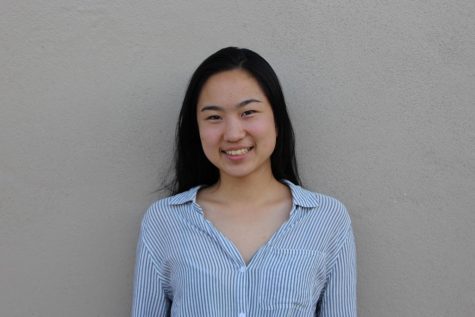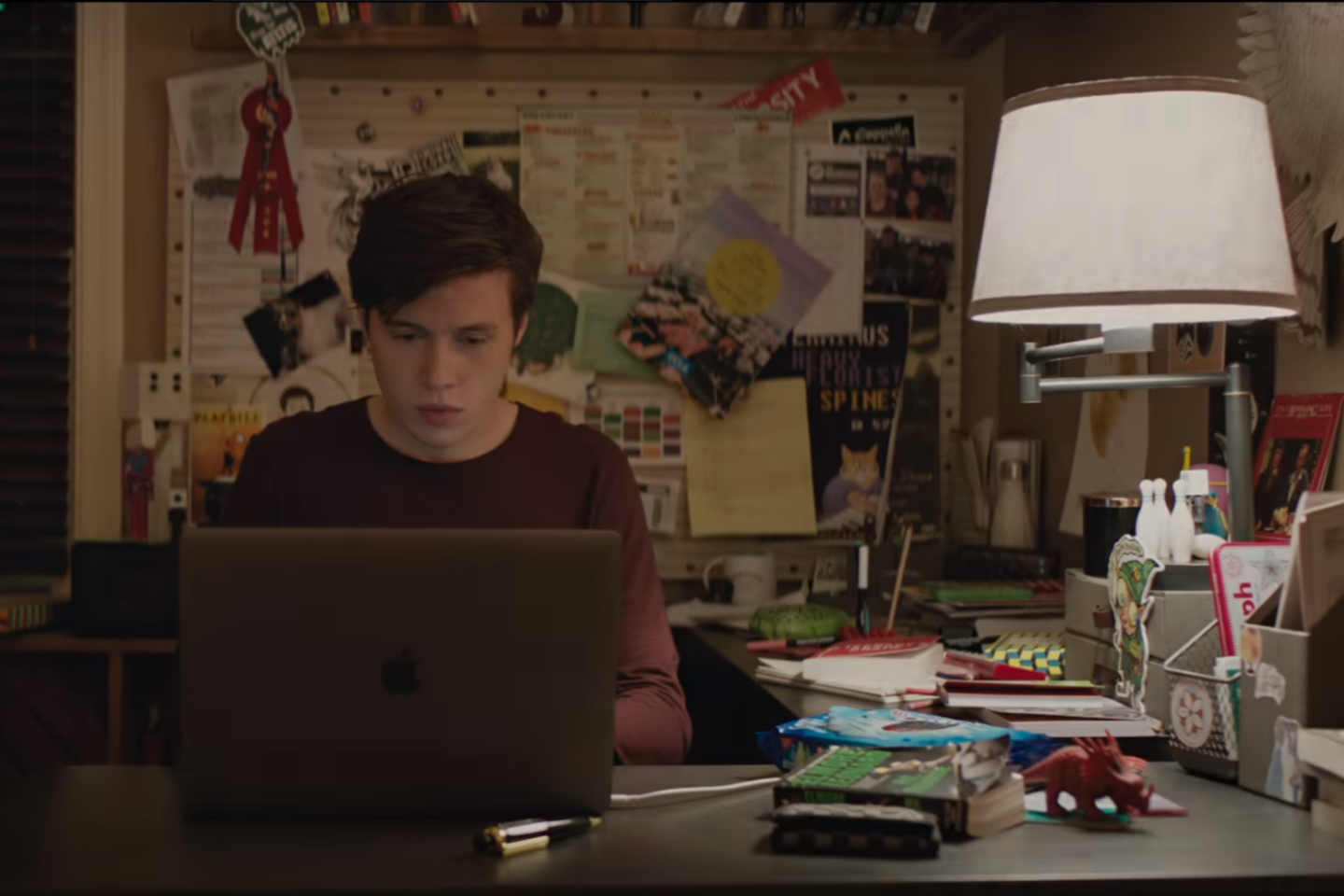From a cinematic standpoint, “Love, Simon” is a standard, feel-good coming-of-age movie that subverts its genre by centering on a gay youth. It’s an important, groundbreaking step for representation that’s easygoing and uplifting. Sure, it suffers the common ailments that plague most teenage rom-coms: predictability and troped or undeveloped supporting characters, but it’s worth watching.
Despite some flawed aspects, the movie executes its pleasant plot entertainingly enough to be a good watch. If you’re looking for something light, happy and heartfelt, watch it.
But at its worst, “Love, Simon” feels like a saccharine, idealistic diorama of the High School ExperienceTM, and certain scenes seem to go through scripted motions — a Halloween house party in the suburbs, a painful confession at the Homecoming game, a flashy performance of the musical “Cabaret.”
The plot falls into a rhythm, and often events are motivated by explicit, tell-tale character desires — a boy wants a pretty girl, a boy can’t get the pretty girl, Simon’s confused about his pen (email) pal and guesses who it is, rinse and repeat.
As the titular character, Simon gets the most screen time. He is the most fallible character; he is the most like a person. Robinson, who deftly plays Simon, is at turns jubilant, awkward, pensive, furious. Simon is well-rounded — he makes mistakes, and he learns from them. Robinson’s “Mean Girls”-style voiceovers also helps viewers better understand his thoughts and motivations, and these intrinsic glances help give Simon a voice. (One of Berlanti’s more subtle touches is Simon’s connection with music — he has a vinyl record player, a Hamilton playbill, nice headphones — but other characters fail to have such nuances.)
Most supporting characters seem to exist only to further Simon’s own character arc, and consequently, fail to offer insightful glimpses and different perspectives into Simon’s world. A particularly egregious example of the shallowness of some characters is the swift, clean, melodramatic dip of Simon’s closest friend group from loving to angry to forgiving back to loving, following Simon’s outing. “Lady Bird” and “Moonlight” are two recent movies with excellent supporting characters who enrich and deepen the world’s texture .
Out of all non-Simon characters, Martin, a dweeby, romantic loner who winds up outing Simon, is perhaps the most interesting. He’s the second most fallible character, and it’s unclear whether he’s supposed to elicit sympathy from the audience for his cruel actions. Unfortunately, he practically disappears from the plot in the third act once he’s fulfilled his main function and outed Simon, and Berlanti doesn’t seem to offer a strong reason for the caricature.
And then there’s Blue. Blue’s lack of characterization makes the grand reveal feel sort of like a deus ex machina — a plot resolution rains down from above and we see little of Blue’s own journey in making it to the film’s climax. Keiynan Lonsdale, who plays Bram and has collaborated with Berlanti before on “The Flash” and “Legends of Tomorrow,” is charming and subtle enough to make the scene magical, but something seems a little off, even if we can’t identify it.
At its best though, “Love, Simon” is touching, endearingly funny and powerful.
When Simon comes out to Abby in his parked car, there’s a palpable hope and hesitation in his eyes. When Simon’s middle school girlfriend asks if he dated her because she looked like a guy, he responds, “No, I actually broke up with you because you don’t look like a guy.” When Ethan, the school’s token gay student, confesses that his deeply religious family has not accepted him, our relatively one-dimensional image of him is made more complex. The deft execution of these heartfelt scenes makes it worthwhile to watch the movie — even with its problems — because it does what every teen movie should do: evince sentiment and emotion.
For the most part, the visuals, music and plot recall every single other teen romance depicted in film, ever — upper-class suburbs with pastel houses and Pinterest-worthy bedrooms, loving family members and quirky friends and public high school, oh my. The intentional sterility of it all makes “Love, Simon” more palatable and universal than other movies that touch on other aspects of LGBTQ+ identity (read: Call Me By Your Name, Moonlight, etc.).
All told, “Love, Simon” is a movie worth watching. If not for the notable emphasis on the LGBTQ+ experience, then at least for the tingly-inside comfort of a teenage romance gone right. It’s not a film without issues, but in its very conception as a big-budget, major production featuring a gay youth, “Love, Simon” is an important first step in paving the way for more LGBTQ+ films in the future.




